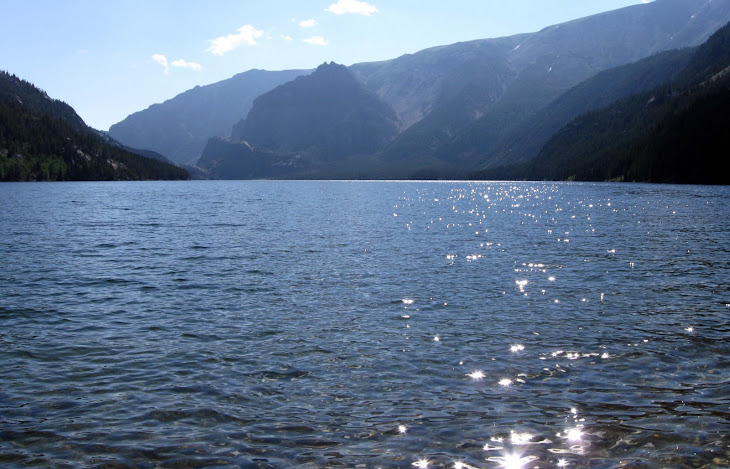Yep. Been ages since posting. Updates include a new assistant professor position at NAU/TGEN-north in Flagstaff. Loving life!
Coccidioides is now my main focus and we are working on a number of fronts.
1)
Understanding innate immunity in early infection.
Coccidioides plays this crazy game with ?resident aveolar macs? (we assume) wherein it seems to go completely undetected by the immune system in the first 4 days of infection. Meanwhile, it is growing and dividing within the cell wall, making a giant (80-120 microns!)
spherule. Once it is mature (full of "mini-mees" aka
endospores) it ruptures open. And then all hell breaks loose. Literally. The immune system goes CRA-CRA. Massive inflammation and tissue damage. Tons of neutrophil influx. But why nothing in the frst 4 days? Or is there something, we jsut don't see it? Perhaps the fungus actively supresses the host? All great questions, and we've submitted 2 grants to try to answer this question.
2)
Understanding the effect of hybridization and introgression on pathogenicity. This is my bread and butter right now. This really cool finding from the genome work I did for my PhD has been gnawing at me, demanding further attention. This is the basis of my funded K22 grant from the NIH. We are just TODAY looking at RNA seq data from the first mouse infection and so far so good! We are finding some
Coccidioides RNA in the lungs, and were able to do some real time PCR to detect some VERY INTERESTING patterns in the data that may help to explain observations in #1.
3)
What the heck is going on in the soil? Another one of the main questions we have is "where the heck is this organism growing in the environment?" The disease is only acquired from the environment. There are weird cases of transmission from infected tissue in a transplant and contaminated dressings where the spherules in the body returned to being mycelia, but these are exceedingly rare. Basically everyone that gets sick inhales the spores from the soil. Despite a lot of work that has gone one, very little is know about where and when the organism is actively growing in the soil (never say dirt. I've learned this detail from USGS folks, lol). We have some ideas of course, but working on getting some funding to pursue this as well. Nothing like a great mystery to keep life interesting!
OK! That's my update. I'll also post some links to recent articles about Cocci.
